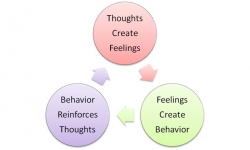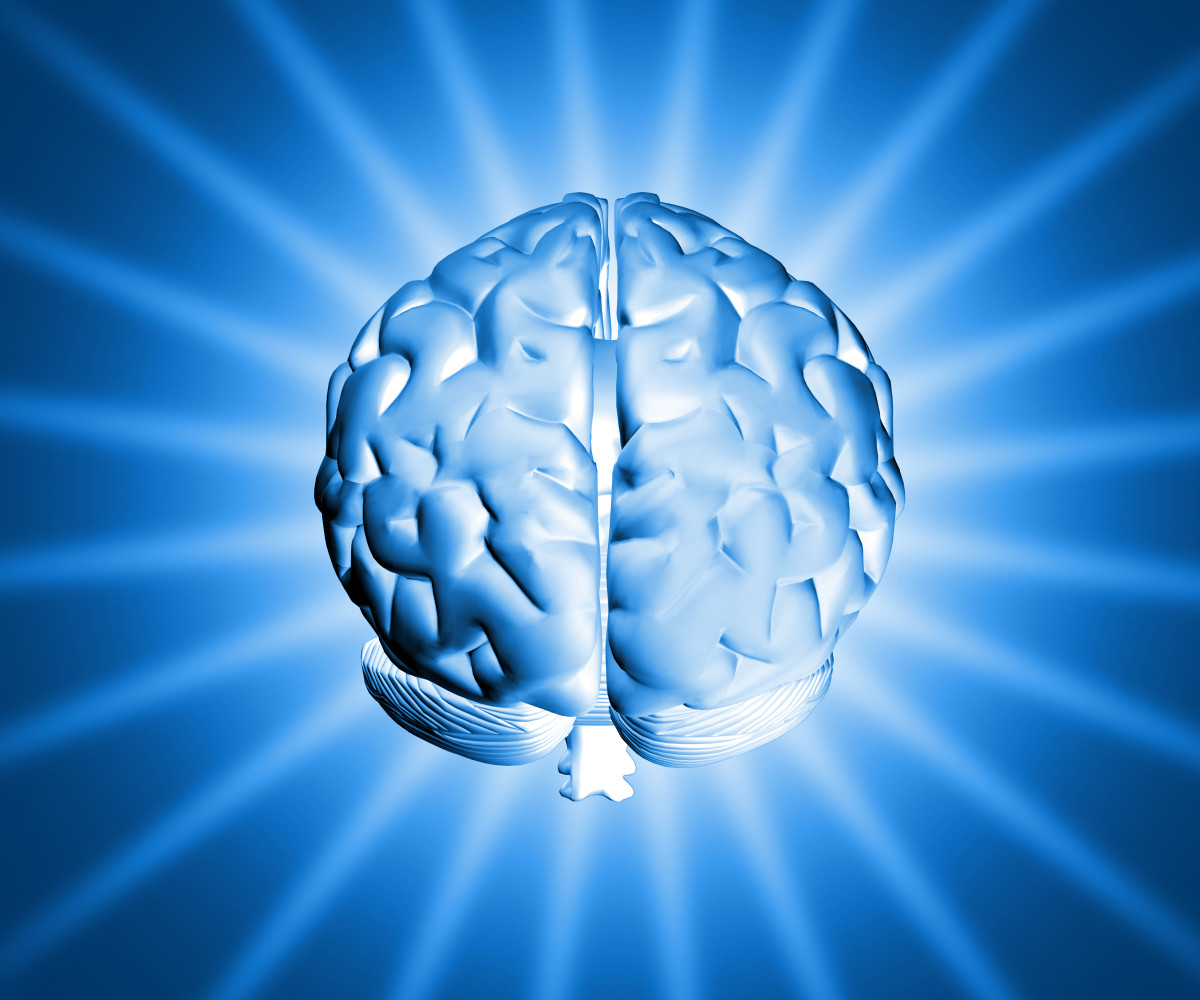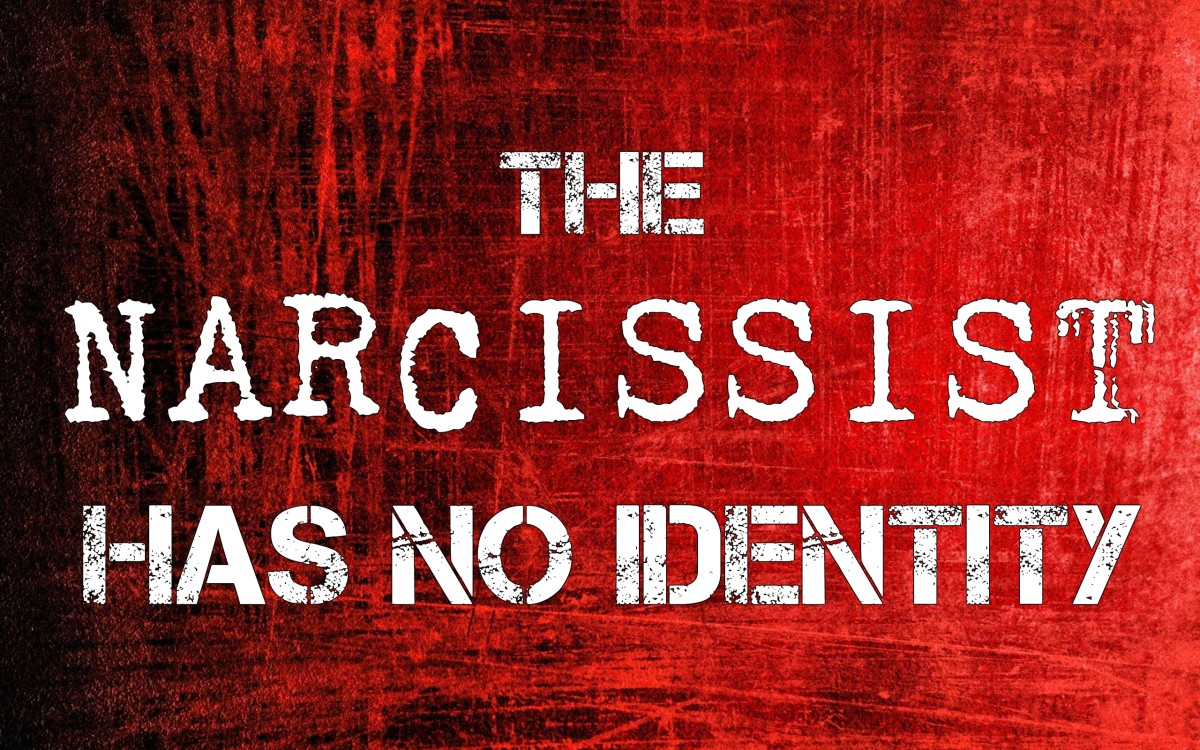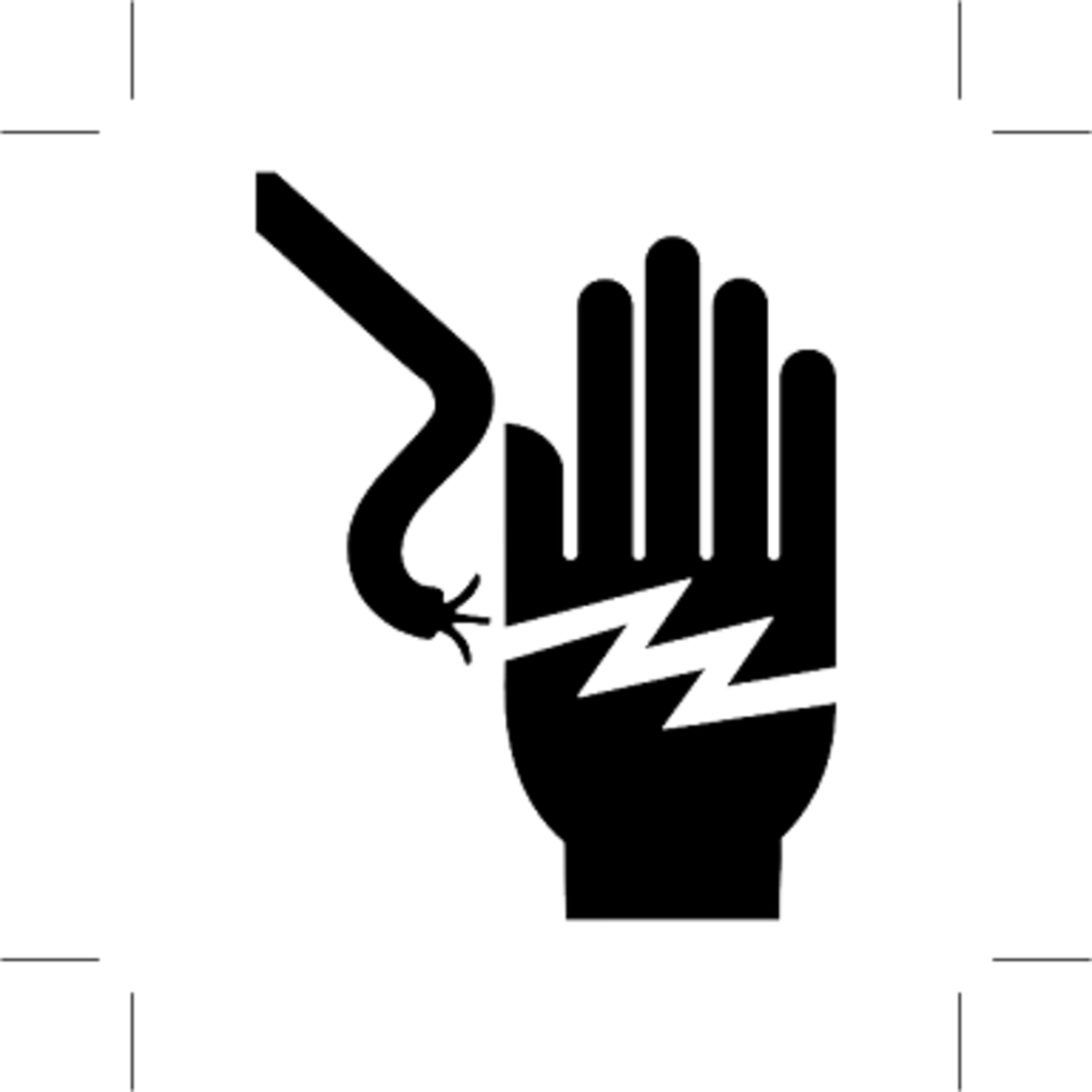Mental Health Promotion

What makes an effective mental health promotion strategy?
The World Health Organisation defined health as "a state of complete physical mental and social well being, not merely the absence of disease".
"mental health is the emotional and spiritual resilience which enables us to enjoy life and to survive pain, disapointment and sadness. It is a positive sense of well being and an underlying belief in our own and others dignity and worth" (HEA 1997)
Long term mental health promotion strategies are necessary in order to improve and promote the mental health of people with an enduring mental illness. Measures can also be implemented to prevent the onset or recurrence of syymptoms of mental illness in reation to life events, including biological, environmental and social influences.
Mental health promotion can be seen as a kind of immunisation, working to strengthen the resilience of individuals, families, organisations and communities, as well as to reduce conditions which are known to damage mental well being in everyone, whether or not they currently have a mental illness (HEA 1998)
In order to implement an effective health promotion strategy it is important to analyse the aims and values necessary to achieve a successful outcome to facilitate the promotion of mental health and to take into account the needs of the client group participating in the activity and the resources available

THE EDUCATIONAL APPROACH
The patient may be educated by means of discussion, group therapy, cognitive therapy or by the use of literature or by watching an educational video. This may help the person to understand what circumstances may trigger anxiety symptoms and look at personal coping strategies to implement when "warning signs" are evident.
Thomas et al (1997) suggests that "health education focuses on enabling and supporting individuals to set their own agendas for health" by improving coping abilities in stressful situations
Cognitive Behavioural Therapy focuses on the way what we think influences our mood and consequently, our behaviour. For example, imagine this scenario: - you are in bed and you hear a loud bang. You think "its a burglar, someone has broken in" You may jump out of bed, trembling with fear and look for a weapon in case you come across an intruder. Your heart beats faster, you breathe rapidly and you may feel anxious and even nauseous. Even if you didnt find a burglar you are unlikely to get back to sleep straight away.
Imagine the same scenario - you are in bed and hear a loud bang, and think "the cat must have knocked something over" or "the wind has blown an ornament off the window ledge" You may stirr and listen for a few minutes but then are likely to turn over and go back to sleep.
The action which triggered these two thoughts was exactly the same. Your interpretation of the incident was different, and therefore the behaviour was different.
Cognitive Behavioural Therapy works to identify the thoughts which trigger off the maladaptive responses, to understand where they come from, help the person to consider alternative explanations before responding to the incident. This therapy involves co-operation between the therapist and the client, and often a committment to home work in between therapy sessions.
The educational approach may also be used to help the client to understand the nature of their illness, the early warning signs personal to the client which indicate symptoms may be returning and an action plan of what to do when these signs may occur. This can help when, for example a person who is recovering from a mental illness wants to go back to work, or as a coping strategy for life's stressors. Often the first sign a mental illness is returning may appear insignificant at first, ie. not sleeping well, loss of appetite, feeling uneasy or anxious, being over sensitive to others, misinterpreting conversations, feeling people are against you and isolating yourself or avoiding people may be the first stages before a psychotic illness returns. The client can be educated to spot the early signs and seek help, before the illness develops into full blown psychosis.
Education can also be valuable when understanding the medication they are prescribed, understanding what it is for, what therapeutic effects it gives and any side effects which may be present. They may be offered choice of medication with clear explanation of therapeutic effects of each alternative, together with side effects. This may put the client in control of their illness and therefore empower them to make the right choices for their health.
Ewles and Simnet (1992) have identified a client centred approach. In mental health this means working with clients to identify the problems they encounter and to develop problem solving skills. The problems which people with mental illness can face can often be of a social nature. They may be unemployed due to enduring mental illness or may only be able to gain employment in low paid jobs. This may be due to their illness in terms of vulnerability to stress, or due to the stigma of having a mental illness which may mean that they are discriminated against in the workplace. Clients on certain medications have to declare their illness to the DVLAS and this may result in loss of driving licence. if a person 's main income depended upon driving, this may also prevent them from gaining employment. The client is encouraged to work through these problems and helped to develop like skills and coping strategies to enable and empower the client and promote independence. The client is empowered to recognise stresses and gain coping skills when in stressful situations.
Low self esteem can be the cause of depression and anxiety, which can serve to perpetuate psychotic symptoms, which can be a vicious circle. Cognitive behavioural therapy is an important tool to facilitate the development of self esteem in clients with an enduring mental illness (Fennell 1998, 1999) developed a Cognitive behavioural Model of low self esteem which can be used in order to identify core beliefs and attitudes which patients hold about themselves and can be the basis of irrational or disordered thought processes and can be a contributory factor to anxiety symptoms such as panic attacks.
Sometimes a client's low self esteem may be seen as a sort of prejudice against themselves. They may not take up opportunities because they anticipate failure and see any set back as reinforcement of this belief. Sometimes they may misinterpret situations. ie If they see a friend in the street, then the friend crosses the road before they meet, they may think "they dont like me, don;t want to talk to me, I am worthless" They do not consider alternative explanations for this. Perhaps the friend has just had some bad news and is lost in thought and did not see them. Building self esteem is a process based on identifying client's strengths and developing these with support and encouragement.

THE SOCIETAL CHANGE APPROACH
Pressure groups such as MIND Sane often campaign in order to change the opinions of the public and put issues involving mental health into the public eye. Media attention is often negative when reporting on mental illness. In order for society to change its opinions, a more sympathetic approach is needed. The Government could implement a reward scheme for employers to employ people with a mental illness. It has often been reported that unemployment is detrimental to mental health. Positive campaigning may increase public awareness of the problem bug a long term strategy is necessary to change public attitude and raise the status of the mentally ill. Seedhouse (1986) identified one aspect of health as "functional ability" or the capacity to fulfil social norms in that, to be considered healthy no form of disability, mental physical or social should be present. From this perspective, a person who is unemployed would not be considered to be healthy.

THE SOCIAL DISABILITY AND ACCESS MODEL
The aim of this model is to reduce anxiety and stress which may be facilitated by using cognitive therapy to develop coping strategies and problem solving skills. Repper et al (1997) suggests that it is crucial to change the emphasis from "changing the individual to fit into the world to changing that world". This can be implemented by re-negotiating the roles of work or relationships in order that the person can meet the demands of these roles. The social disability and access model originates from the work of Wing et al (1962, 1978, 1981) The work was further developed by Perkins and Dills (1992) and more recently by Perkins and Repper (1996) this model is used as a framework in planning long term goals and is a useful tool in mental health promotion
Seedhouse (1986 saw one aspect of health as "autonomy and integrity" and in being held responsible for one's own health may also lead to "victim blaming" of those unable to achieve physical and mental fitness to accomplish daily tasks. This theory of health does not take into account the circumstances affecting health which may not be under a person's control and does not acknowledge that health may depend upon other social factors.
People with a severe and enduring mental illness may be seen to be socially disabled by their mental health problems due to cognitive and emotional disabilities. Just as a physically disabled person may have difficulty in negotiating and participating in the world of the able -bodied, so the person with a mental illness may find difficulties with participating in and being accepted by the world of the able minded.

THE MEDICAL MODEL
You'll be fine if you just keep taking the tablets!
This model involves using medical intervention to prevent ill health using a persuasive or paternalistic approach. In the case of mental health, the use of antipsychotic drugs, anti depressants or tranquilisers to control and alleviate symptoms Compliance may be ensured by using the educational model or client centred model, particularly cognitive therapy techniques to ensure that the client gains insight into their own mental health. Long term compliance with medication can be achieved on the client recognises the need for the medication and realises that the drugs can empower the patient to gain control over the illness.
Seedhouse (1986) identifies health as a "commodity which may be bought or given" which may be the rationale behind the medial models and theories of health promotions.

THE BEHAVIOURAL APPROACH
Clients who are vulnerable to stress may engage in maladaptive coping strategies such as self harming behaviour. The reasons people self harm is a very complex area and not one I will address here, and I do not believe that people who self harm are purely seeking attention from others. However, any behaviour which is engaged in is often reinforced by the response received. If the desired response is not achieved, the behaviour can often escalate before it is extinquished. For this reason, the client needs to be in an environment where new coping mechanisms can be learned for the behaviour to be monitored and not rewarded. Rewards for appropriate behaviour can then be implemented. i.e., one to one counselling. Responsibility for the client's actions should be returned and support given where necessary.

The Media and the effects of stigma
The stigma of mental illness may prevent people from seeking help. They may see it as a "sign of weakness" The families of someone with a mental illness sometimes find it difficult to talk about. They may become over protective of their relative which can reinforce their feelings of inadequacy and reduce self esteem, People suffering from a mental illness may try to hide their difficulties from others.
The media contributes to the stigma surrounding mental illness by reporting on stories highlighting negative stereotypes. On television people with mental illness are portrayed as pathetic vulnerable victims or mad axe murderers. A popular myth is that schizophrenia means "split personality" this is not true. The symptoms of schizophrenia result from an imbalance in the brain chemistry. Just as in a person with diabetes has a shortage of a naturally produced enzyme - insulin, a person with a mental illness may produce too much dopamine in the brain (or in the case of depression) too little of a chemical called serotonin. Medication is needed to redress this balance, just as insulin is needed for a diabetic. Why should we discriminate between different types of illness?

Income and Social Status
Research has shown that social deprivation and poverty can increase the likelihood of a person being susceptible to developing a mental illness.
Children who are born into poverty may not have adequate nutrition during their early development. People with a severe and enduring mental illness may find that the choices about where they live, where their children go to school and where or whether they are able to work, are limited.
Estates in deprived areas may have higher crime rates than in the more affluent suburban areas. Poverty creates its own stressors. People with severe and enduring mental illness are more likely to become homeless due to difficulty in functioning to maintain a tenancy. They may be vulnerable to exploitation by others. It can be difficult to get out of this spiral without help. Once homeless it can be difficult to claim benefits or get a bank account. Support is needed to access healthcare, engage in meaningful activity and develop self esteem,
Amazon Books for your enjoyment and information
There are many aspects to what makes a person mentally healthy, genetic, environmental, internal chemistry, general physical health, life experiences, resilience, spirituality, culture, and stability.










